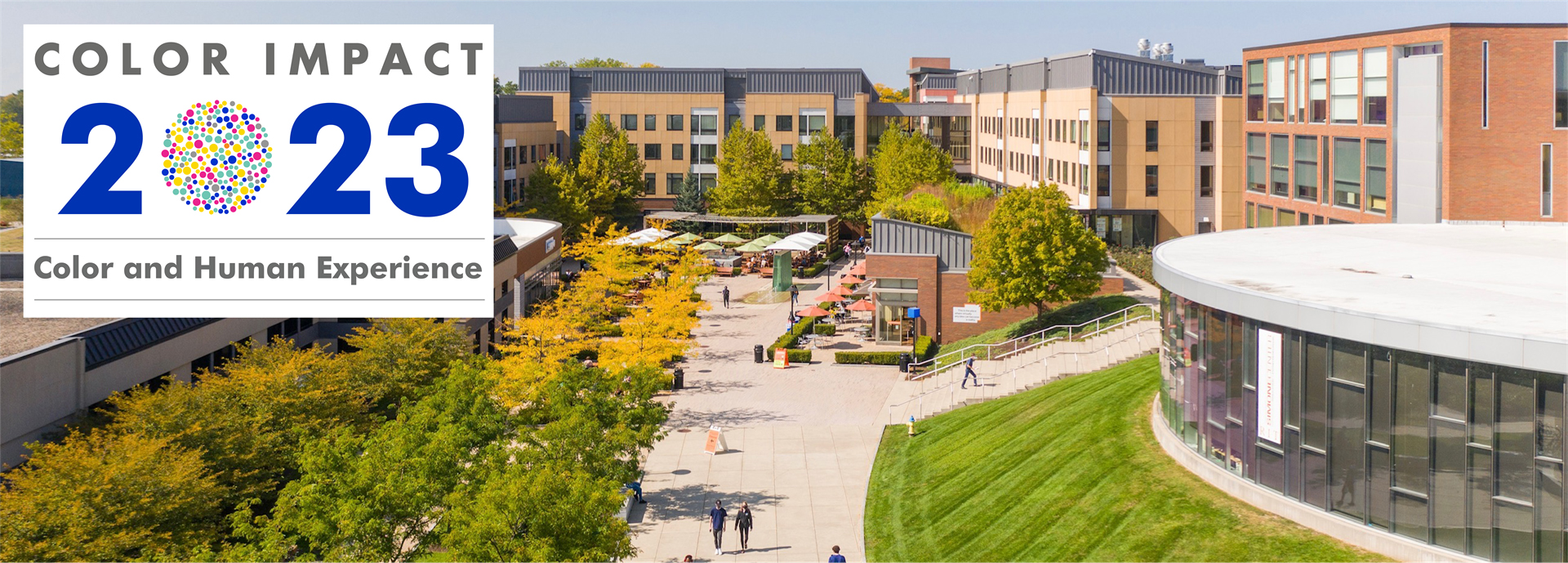Color Impact 2023 was a great success. These pages are left here for archival purposes.
We hope to see you at a future Color Council meeting! Our next conference in June 2025.

June 11-15, 2023
Rochester Institute of Technology, Rochester, NY, USA
Lightning Talk - Christopher Thorstenson
|
Christopher Thorstenson, Researcher and Educator
Using Color to Convey Emotions in Social Robots
Social robots are robots designed to interact and socialize with humans. One of the most important ways that social robots can interact with humans is to communicate information about emotion - for example expressing to a user whether it is angry, happy, or sad, based on interactions with its users or environment, in order to foster, reinforce, or discourage certain aspects of user interaction. There are several ways that a robot can express emotions, but doing so via colored lights is particularly efficient due to color’s flexibility (color can be displayed on robots having various sizes and interface structures), simplicity (e.g., using inexpensive and simple LED lights), and the existence of robust color-emotion associations that people have already formed.
In this preview of preliminary work, colored LED lights were installed into the interfaces of multiple social robot models (ranging from small basic structures like Amazon’s Alexa, to more human-looking structures comprising limbs and a head; Roku). Each robot displayed a combination of 34 colors, varying across dimensions of hue, chroma, and lightness. Participants assessed the extent to which each color on each robot was perceived to express the emotions ‘anger’, ‘happy’, and ‘sad’. The initial preliminary results suggest that people have systematic associations between robot emotions and color, that colorimetric predictors of these associations vary depending on the emotion (e.g., hue is important for ‘anger’, but chroma is more important than hue for ‘sad’), and that some of these associations vary depending on what the robot looks like (e.g., hue is more important for ‘sad’ Roku robots, relative to ‘sad’ Alexa robots). The current work is an initial step of an ongoing project to better understand the nuances of color-emotion associations, artificial social agent perception, and robot social communication.
Bio
Christopher Thorstenson is an Assistant Professor in the Munsell Color Science Laboratory and Program of Color Science at Rochester Institute of Technology. His research is focused on understanding how the appearance of human faces and artificial social agents (e.g., social robots, avatars, emojis) influences social and visual evaluations, including perceptions of emotion, preference, and realism.The Inter-Society Color Council advances the knowledge of color as it relates to art, science, industry and design.
Each of these fields enriches the others, furthering the general objective of color education.
© ISCC

